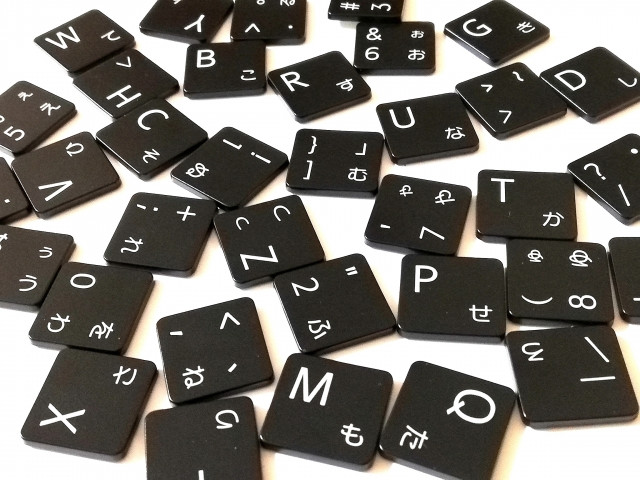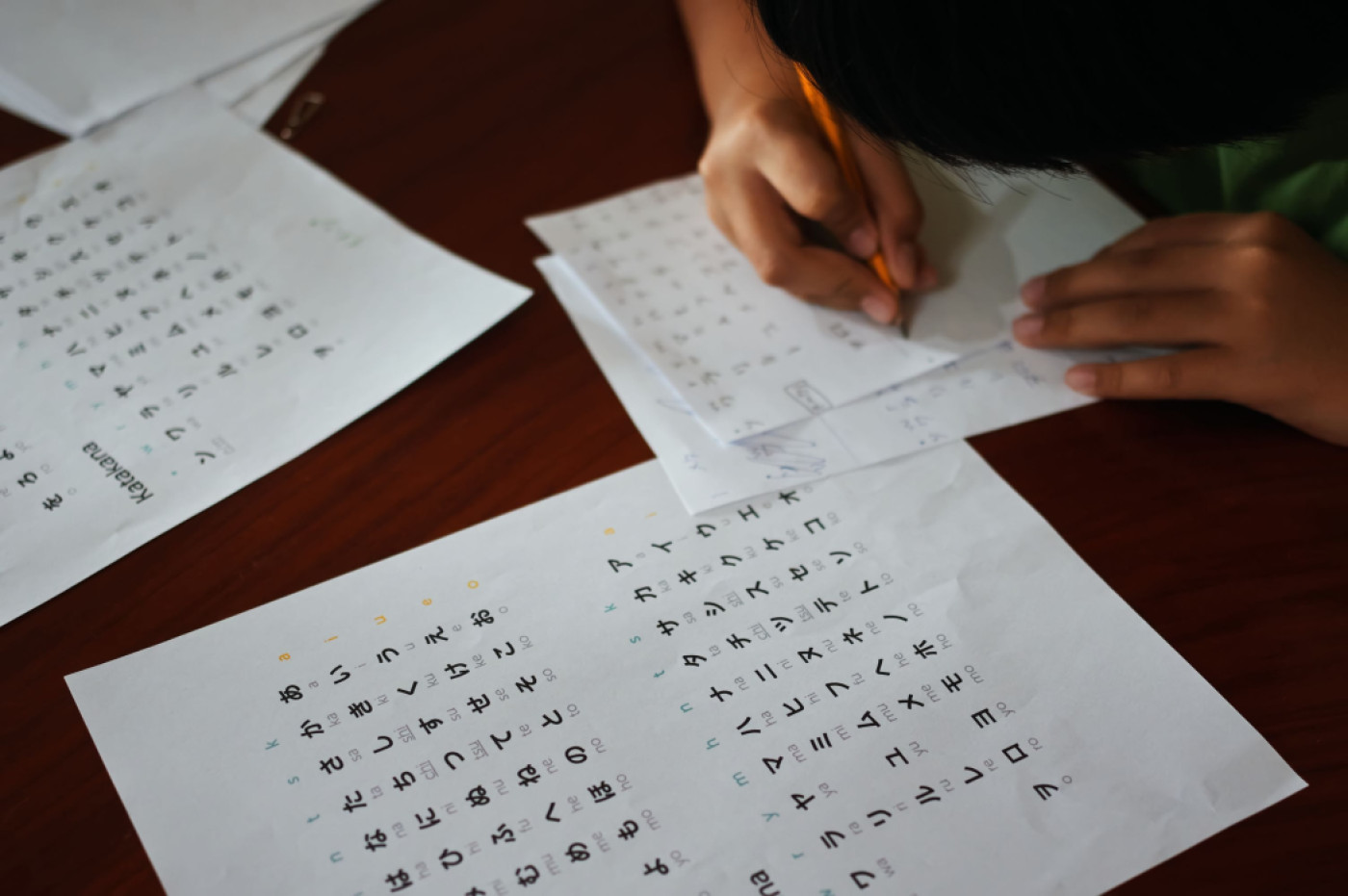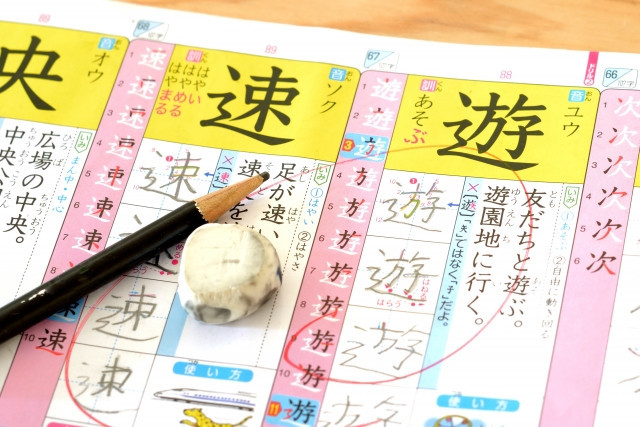The Japanese keyboard allows for clear communication in Japan, especially to those not that familiar with the western version of the keyboard. Yes they’re different! The Japanese keyboard has a range of interesting features. Let us take a look at how the Japanese keyboard works and why it is unique.
Table of Contents
Keyboard and its many wonders
Technology is a wonderful thing as it allows people to explore things with just the tip of their fingertips - from shopping online to ordering food! A lot of innovative gadgets help people to achieve what they want, and that includes the mighty keyboard. Learn the Japanese keyboard and familiarize yourself with how to use it.
What is a keyboard
With technology, everything is possible. You can either have food delivered to the front of your doorstep within a matter of minutes, connect with your family and friends from millions of miles away, and even create wonderful photos and videos with your computer! In this day and age, being technology-savvy gives you a competitive edge, which is the reason why you should be familiar with its different uses. Japan is known to be in the forefront of technology and innovation with a lot of new cutting-edge technology being developed by research institutions in Japan.
Let us take a look at one of the most basic, but super helpful innovations in the world - the keyboard. A computer keyboard is a set of keys that users use to input words, numbers, or any set of data to the screen. It is especially useful because, without the keyboard, it would be difficult to input and eventually transmit data from one user to another.
Differences between the western keyboard and a Japanese keyboard

Like in any other aspect, Japan uses its unique flare to the keyboard. But first, it is important to understand the Western version of a keyboard. The Western version of the keyboard looks like your typical QWERTY types of keyboard. It consists of letters and numbers for input activities, and function or command types of keys for ‘shortcuts’. Depending on the laptop or keyboard model, some keyboards have a separate numerical pane while others do not.
Japanese keyboards on the other hand, also use the typical QWERTY version with additional characters to aid locals for their input methods. Basically, there are two Japanese keyboard input methods. The first one being the Romaji which includes a series of romanized letters and characters, the second utilizes the kana keyboard keys. We will further discuss the difference between the two in the later part of the article.
Writer's Pick
Japanese Keyboard Layout

Japanese input methods
The Japanese keyboard layout is very similar to that of the western version, only it adds a layer of Japanese input to aid in better communication among Japanese locals. The typical western-type of keyboard is used to input English characters into kana, plus there is an option to transition the kana characters into the kanji method for easier communication.
Let us delve deeper into the differences between the kana and kanji input methods when it comes to the Japanese keyboard.
Romaji
Romaji which directly translates to Roman letters involves the use of a Latin style of writing of the Japanese language.
The Portuguese first used this type of writing as one mode of communication during the 16th century. From there on, it evolved into different language systems to adapt to the times.
As for Romaji input on the keyboard, users basically use English letters to type out the phonetic sound of each Japanese kana which can then be easily converted to either kana, kanji, hiragana, or katakana using modern software.
※ Omniglot, "Japanese Rōmaji (Roman letters)"
Kana
The Kana writing style, on the other hand, has Chinese influence as compared to Romaji which is heavily influenced by the Latin culture.
To understand kana better, this consists of 2 widely used Japanese input methods, hiragana, and katakana.
The Japanese writing style hiragana consists of characters that are more rounded in nature. This is primarily used for more advanced Japanese learners and Japanese locals who understand accurate Japanese grammar, including the correct placement and word choice for verbs, nouns, adverbs, and adjectives. The second type of kana is the angular katakana where characters have sharp, distinct edges. This is used more often to denote foreign terms such as names of family names, places, etc.
You can get a keyboard in Japan where the hiragana letters are written on and correlate to each key. Thus when typing, instead of using romaji for input, you can directly use the kana characters. However, this method is not as popularly used.
Mobile Phones keyboard

Japanese mobile phones are very similar to that of its western version, only with different additional input methods. Let us take a look at the different keyboard inputs for Japanese mobile phones.
Keitai Input
For the Keitai Input, this is usually the primary method of keyboard layout for older models of mobile phones. We all know the type - we had to press the number key several times to get to the letter we wanted. Similarly, it adheres to the typical and common mobile phone keyboard with additional kana characters where users have to press repeatedly on that number for the kana to be input. In addition, users can also alternate from Kana to Kanji styles of writing through the arrow keys. Although many have made the shift to smartphones, Japanese flip phones, called garakee, are still holding out among the older generation so this method is still used.
Flick Input
Smartphones adapt to easier input through the flick input of the keyboard. Basically, this takes the 10 number system from the Keitai input but allows the user to find the right kana by swiping across the screen instead.
But of course with smartphones, you can have the entire QWERTY keyboard on the screen. Some claim that Flick is much faster, but the results vary from user to user. So just use what you’re used to!
Additional information
With the different keyboard methods (both for computer keyboard and mobile phone keyboard), here is additional information to help you become more familiar with the Japanese input method.
Kana to Kanji conversion
One great thing about technology is the accessibility of converting Kana into Kanji and vice versa. For example, if a user inputs a kana into the keyboard, there will be suggestions for Kanji spelling and words, all the user has to do is scroll through the Kanji suggestions and choose the word that would best fit the situation.
Japanese keyboard emoji

Moving on to something more Kawaii (or a popular Japanese culture which roughly translates to ‘cute’), the Japanese Keyboard emoji called kaomoji is becoming increasingly popular especially to the younger generations who are fond of expressing themselves through emojis. But rather than the picture emoji commonly used around the world now, these are faces and other things depicted through symbols. Japanese emojis found in this keyboard can be divided into many different categories such as positive emotions, negative emotions, different activities, animals, and other types of emojis. You are all probably familiar with one of the most popular, flipping the table: (╯°□°)╯︵ ┻━┻
You can find the kaomoji by typing かおもじ (kaomoji) using a Japanese keyboard and choosing from the options already in the drop-down menu, or by looking up kaomoji online and copying & pasting the perfect one. However, some symbols may not appear if the system you are using doesn’t recognize it.
Summary
Communication is an integral part of any culture. If you are planning to live in Japan, one way for you to have an easier transition is to learn how the Japanese keyboard works so you can communicate easily and efficiently with other Japanese locals. More than that, you can also understand the Japanese language and writing style for better communication. This can especially help when you are applying for a job in Japan, and it can even make communication easier in everyday transactional activities like shopping and ordering food! It is best to understand the Japanese language through different input methods to better appreciate its culture.

































